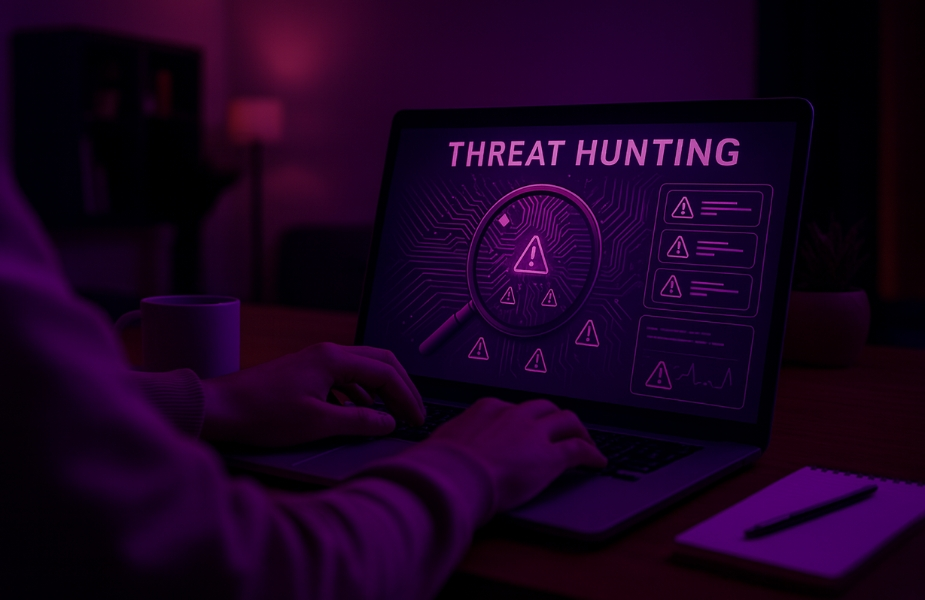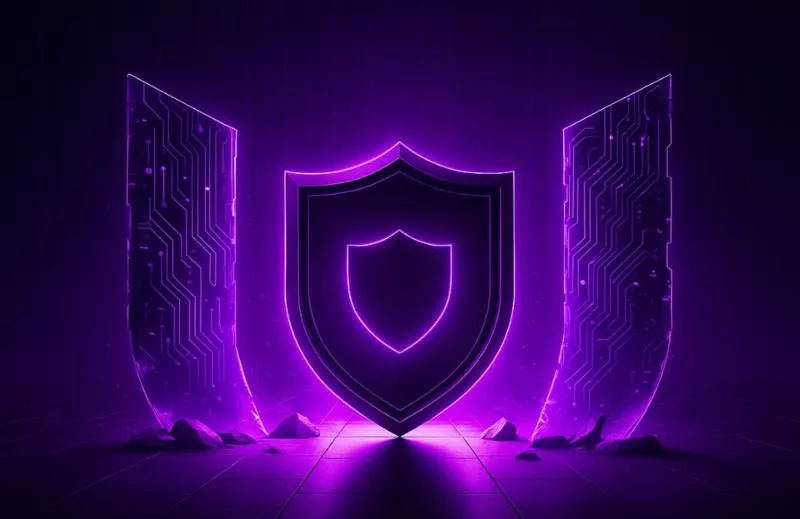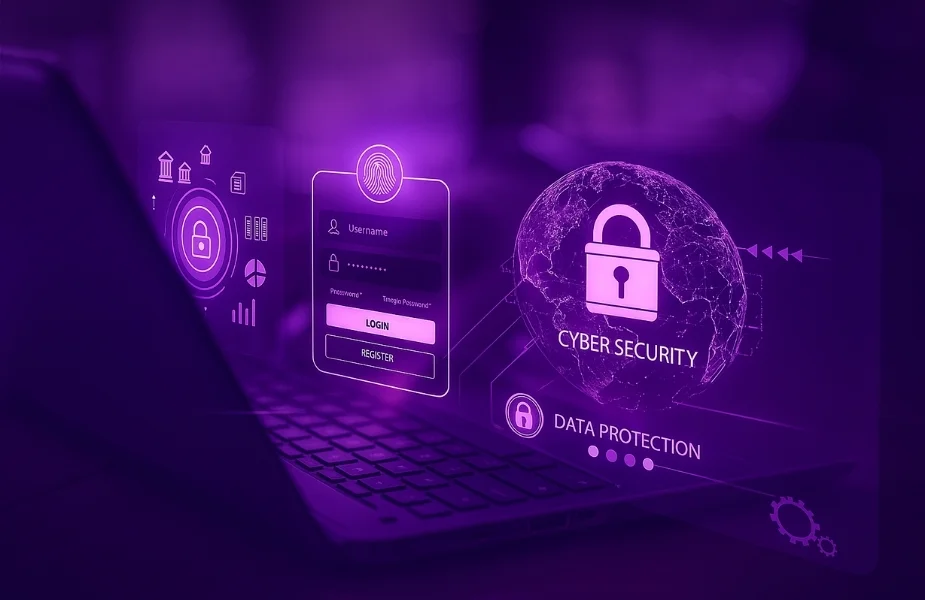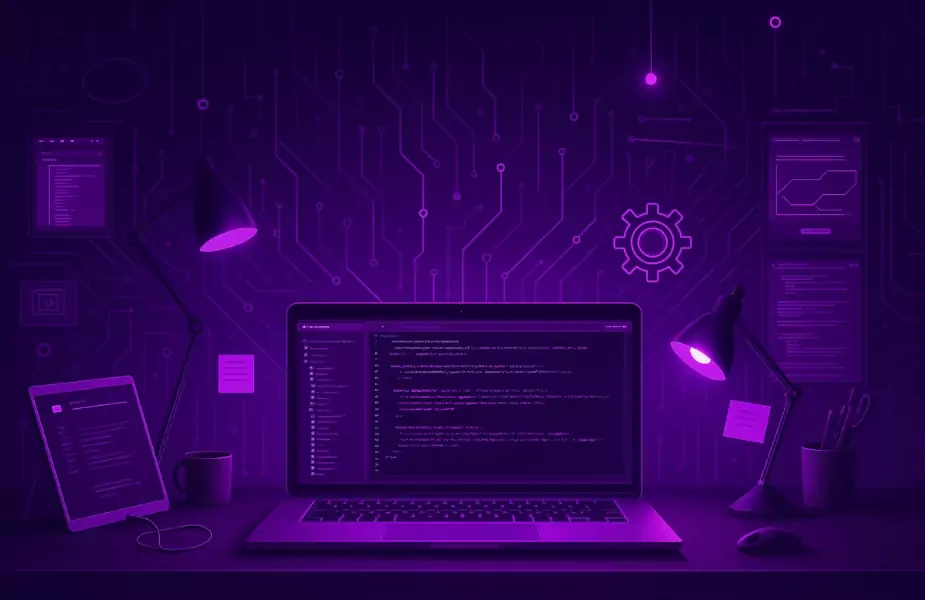Most Security Operations Centers (SOCs) operate in a loop of alerts, investigations, and incident reports. This approach is reactive, often exhausting, and easy for modern threat actors to work around. Attackers today don’t kick in the front door. They blend in, stay quiet, and use tactics that signature-based tools simply can’t detect.
So, what separates SOCs that chase alerts from those that hunt threats?
That’s where proactive threat hunting comes in. It’s not about replacing detection—it’s about changing the mindset from waiting for breaches to anticipating them. And when done right, it transforms your SOC from a reactive support function into an intelligence-driven security force.
Beyond Reactive Detection
Traditional threat detection is based on known patterns: rules, signatures, and predefined thresholds. An alert fires, a team responds, and the cycle repeats. This model works—for known threats.
But today’s attackers are playing a different game. They use custom tooling, abuse legitimate services, and avoid detection entirely. In that world, proactive cybersecurity means going hunting.
Threat hunting assumes the breach already happened. It doesn’t wait for signs—it searches for them. It begins with a hypothesis and digs into the data before damage is done. This shift from reactive to proactive is one of the clearest signs of SOC maturity.
SOC Maturity Drives Hunting Success
Proactive threat hunting isn’t just a skill—it’s a capability built on the foundation of a mature SOC. Visibility is the starting point. Without centralized logs, EDR telemetry, network flow data, and authentication records, even the best hunters are working blind.
But tools aren’t enough. A mature SOC brings together SIEM, SOAR, CTI, and endpoint tools in a unified workflow that supports both response and investigation. And at the core of it all are the analysts—not just responders, but problem-solvers. They know attacker behavior. They understand IoCs, IoAs, and how adversaries think. With strong processes and defined playbooks, they make hunting repeatable—not random.
Inside the Threat Hunting Lifecycle
Threat hunting isn’t a one-time task. It’s a continuous process built around hypotheses, data exploration, and improvement.
- It begins with a question. Analysts form hypotheses like “Are there abnormal RDP logins after hours?” Or, “Is PowerShell being misused for persistence?”
- They investigate the data. This means digging into SIEM logs, endpoint activity, and user behavior—testing assumptions and following trails.
- They validate findings. If something looks suspicious, it’s checked against known TTPs or flagged as novel behavior.
- They escalate confirmed threats. Once validated, the case is handed over to incident response for containment and mitigation.
- They close the loop. Lessons learned are fed back into SIEM rules, EDR alerts, and updated playbooks to strengthen future defenses.
That’s the loop. Hunt, analyze, act, and improve.
Proactive vs. Reactive Security
Here’s how proactive threat hunting stands apart:
- Initiative: Reactive waits for alerts. Proactive creates its own direction.
- Scope: Reactive focuses on what’s already flagged. Proactive searches broader datasets for what’s missed.
- Tools: Proactive hunting leans on behavioral analytics, CTI, and human intuition—not just SIEM dashboards.
- Skillset: It’s less about alert triage and more about investigation, forensics, and hypothesis testing.
- Impact: Proactive uncovers threats that traditional methods simply don’t catch—especially advanced persistent threats (APTs) and stealthy attackers already inside.
How Protecxo Leads with Proactive Hunting
At Protecxo, our approach to Managed SOC Services puts proactive threat hunting at the core. We don’t just detect—we investigate.
Our teams combine EDR, SIEM, cyber threat intelligence, and security analytics to actively identify hidden risks. From forensics and incident response planning to refining detection logic, we help businesses shift from reactive defense to preemptive action.
It’s not about waiting to be breached. It’s about being ready before the signs even show.
You can’t control who targets you—but you can control how early you see them coming.
That’s the power of proactive threat hunting—and it’s what separates modern SOCs from those still playing catch-up.




